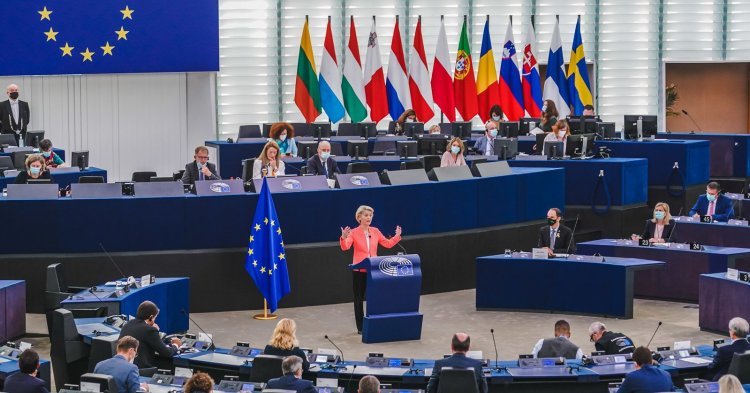For the last two decades, the European Union has not had a particular interest in Roma issues. However, with the eastward expansions, a significant number of Roma people became EU citizens and were then able to benefit from the advantages this citizenship grants them, including the freedom to travel, live and work in another EU member state.
The European Union’s enlargement policy had conditions, including the fact that candidate countries must meet specific political and economic requirements. One of the requirements set in the Copenhagen Criteria was respect and protection towards minorities, accompanied by annual monitoring reports. A crucial tool to help Roma integration were PHARE funds, which were given to candidate states, such as Hungary and Romania, to use towards combating the socio-economic exclusion of Roma communities. Scholars called into question the validity of the results. Countries created specific institutions to combat Roma discrimination and yet, it seemed there was no actual progress on integration issues. As studies show, around three-quarters of the Roma in the EU live in extreme poverty. This is the equivalent of at least 4.5 million EU citizens being denied access to a better life. [1]
The European Union does not address the politics of recognition and pursues an ethnicity-blind approach to minority protection in general. As of the 2010s, the European Union began working more towards the socio-economic integration of Roma and the challenges they face that are specific to their community. This is particularly true in the fields of employment and education, which matches the redistribution approach of European politics. The redistribution approach of the European Union refers to how the Roma are treated as a social group with social issues rather than being recognized as minorities with an ethnic identity within the EU polity. [2] This approach does not account for ethnic discrimination or anti-gypsism. As a result, policy-makers encounter difficulties not only in defining the situation of Roma but may also create additional obstacles due to their social construction of Roma when they create policies that target them. [3] Moreover, the lack of data in relation to ethnicity in many states means that the statistics regarding Roma issues are limited, despite civil society’s efforts in providing data.
EU Roma framework
The EU Framework for National Roma Integration Strategies up to 2020 (The EU Framework for Roma) is a policy document that establishes the minimum standards for EU member states concerning their Roma minorities. It is part of the Europe 2020 Strategy for Growth and Jobs, aiming to overcome the structural weaknesses of Europe’s economy, improve its competitiveness and productivity, and provide a basis for a sustainable social market economy. The EU Framework asks EU member states to adopt a comprehensive approach to issues faced by Roma in compliance with four objectives that correspond to the four policy areas of education, employment, health care and housing.
Despite the fact that it was promoted as an “unprecedented commitment”, [4] compared to previous public policy initiatives intended for the Roma, the EU Framework has not brought anything significantly new. Also, it can’t be seen as a unique governance model for addressing Roma issues in Europe. Barriers faced by the Roma have instead continued and been perpetuated along the same lines: the Roma are a socially excluded group who face poverty, discrimination, barriers to accessing education, high unemployment, low standards of living and housing, major health problems, and high levels of crime. Continuing the same problematization of Roma leads to a specific form of policy design that has failed in the past to bring expected social change. Continuing to address Roma issues by employing the same line of reasoning represents more of a recipe for failure than the hope that change will occur.
Centuries of systemic discrimination cannot be solved by soft policy approaches. The EU Roma strategic framework for equality, inclusion and participation for 2020 - 2030, builds on the previous knowledge and creates a more ambitious and inclusive document, but its success remains to be seen.


Follow the comments: |
|
